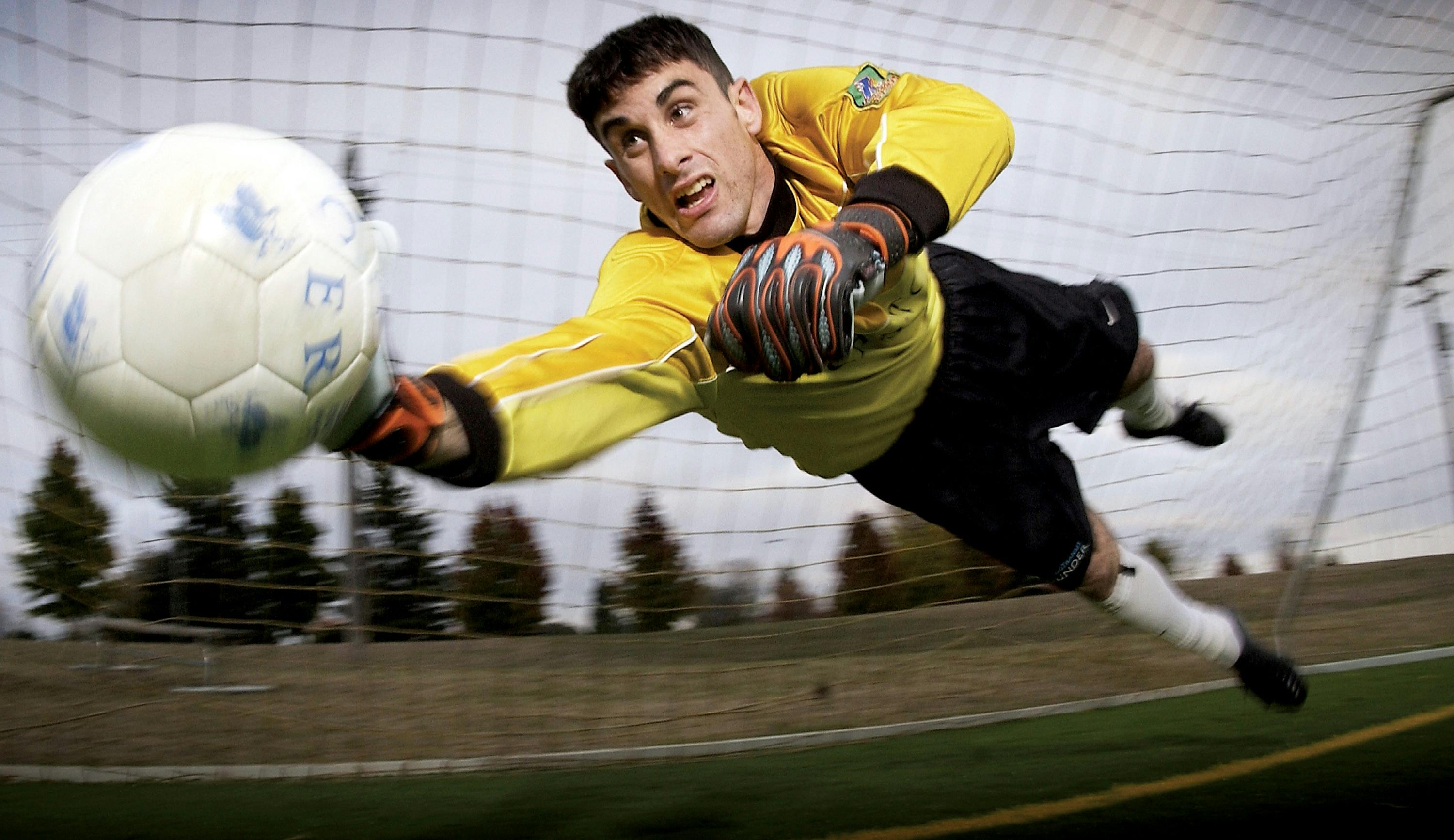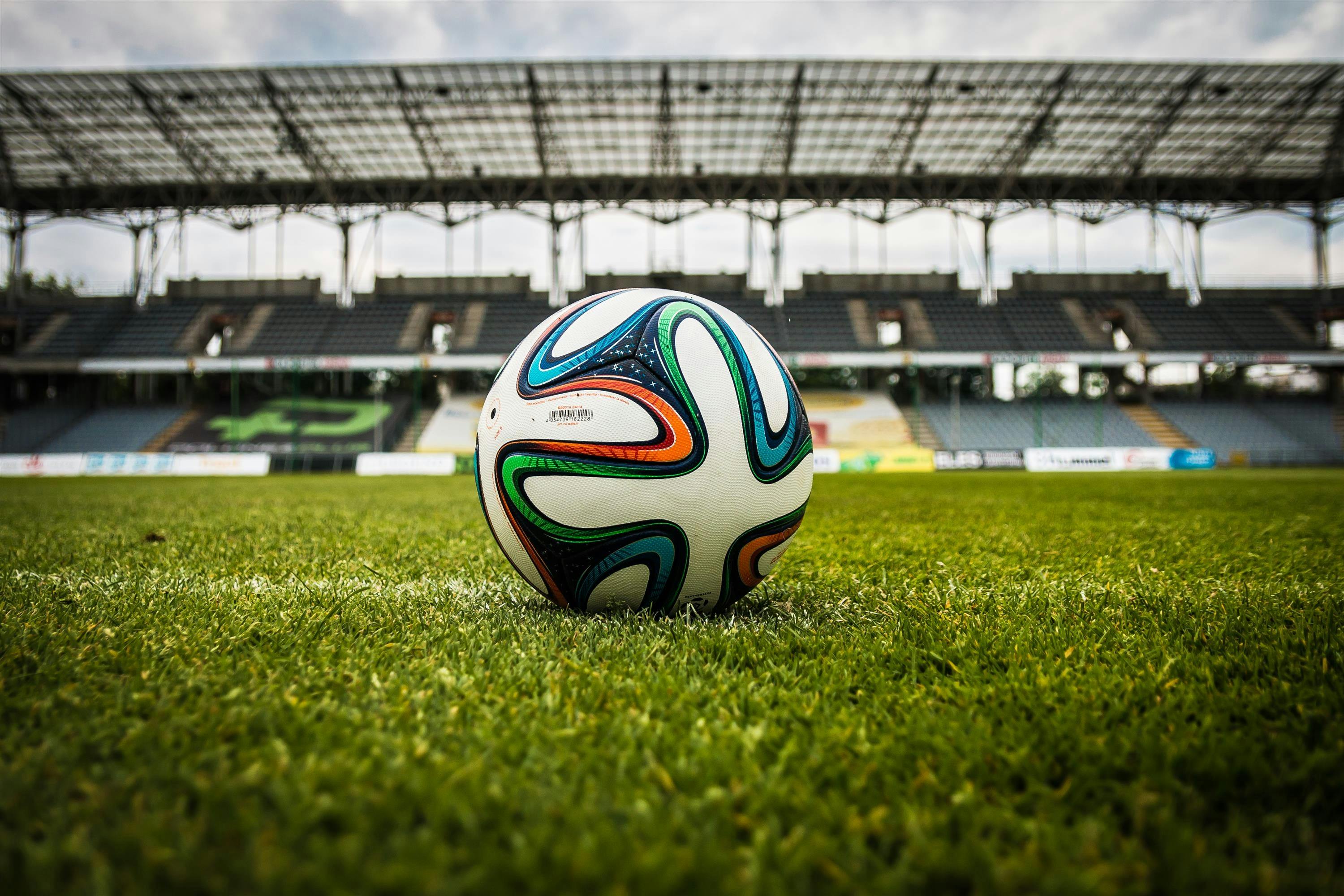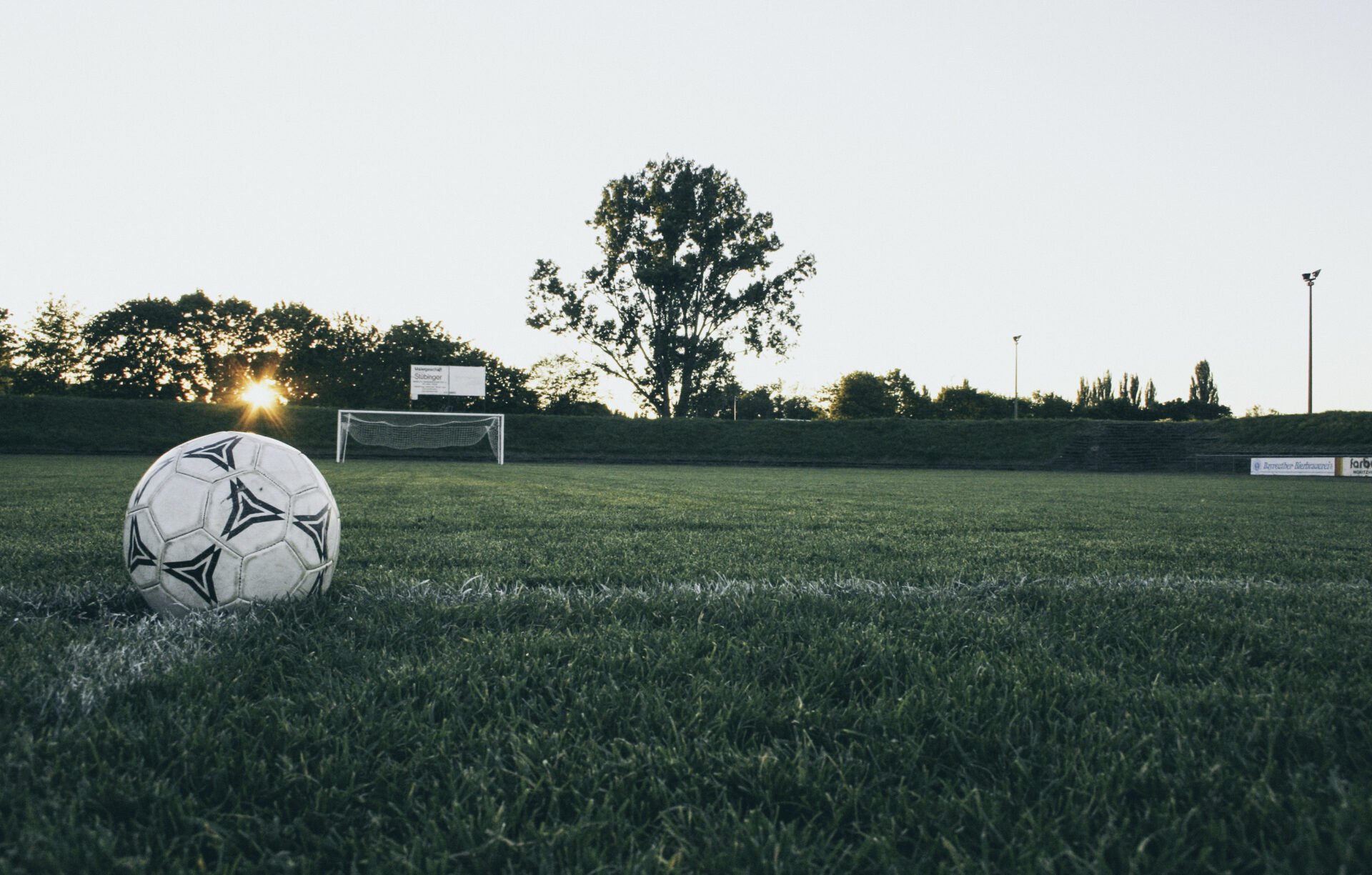A soccer ball is an important piece of equipment that every soccer player needs. It is essential for the game of soccer and has been used for centuries. So what exactly is the weight of a soccer ball? This article will provide an overview of how much a soccer ball weighs, as well as other factors that can influence its weight.The average weight of a soccer ball is between 410 and 450 grams.
Factors Affecting Soccer Ball Weight
The weight of a soccer ball can vary significantly depending on the type of ball, its size, and its material composition. Generally, a professional-grade soccer ball will weigh between 14 and 16 ounces (400 and 450 grams). A youth-size soccer ball usually weighs between 11 and 13 ounces (310 and 370 grams). The type of material used to construct the ball also affects its weight. Leather balls tend to be heavier than synthetic balls, which are typically lighter in weight. Additionally, the number of panels on a soccer ball can also affect its weight. The more panels on a ball, the heavier it will be.
Another factor that affects the weight of a soccer ball is its size. Soccer balls come in different sizes for different age groups; size 3 soccer balls are generally used for youth play, while size 5 balls are typically used for adult competition. In general, smaller balls weigh less than larger ones. Similarly, indoor soccer balls are generally lighter than outdoor soccer balls because they have fewer panels and are constructed from lightweight materials.
Finally, the inflation pressure of a ball also affects its weight. When a soccer ball is overinflated it will be harder to kick and will weigh more than when it is properly inflated. Thus, it is important that players check the inflation pressure before each game or practice in order to ensure that their ball is not too heavy or too light for optimal performance.
Lightweight Soccer Balls
Lightweight soccer balls are an essential part of any soccer team’s equipment. These balls are designed to provide the player with a comfortable grip and excellent ball control during play. The lightweight construction of these balls makes them easier to handle, and allows the player to quickly make adjustments when playing. Lightweight soccer balls are available in many different sizes, shapes, and colors, so you can find one that suits your needs perfectly.
The construction of lightweight soccer balls is made up of a special synthetic rubber material that is highly durable and provides excellent traction on the playing field. This material also ensures that the ball does not lose its shape or bounce over time. The lightweight construction also helps reduce fatigue for players as they run and kick the ball around during a game.
In addition to their lightweight construction, lightweight soccer balls also come with additional features such as aerodynamic design for improved flight trajectory and air pressure chambers for improved air retention. This ensures that the ball retains its shape during play and helps minimize air resistance when it is kicked around.
Another benefit of lightweight soccer balls is their affordability. Due to their lighter weight, these types of balls are generally more affordable than traditional heavier ones, making them ideal for teams on a budget. Additionally, they require less care and maintenance than their heavier counterparts, which can save money in the long run.
Overall, lightweight soccer balls are an excellent choice for any team looking to improve their game performance while still staying within budget constraints. Not only do they provide excellent control and grip while playing, but they also offer great value for money due to their affordability and low maintenance requirements.
Heavyweight Soccer Balls
Heavyweight soccer balls are designed for those who want a more realistic and challenging game experience. These balls are heavier and larger than regular soccer balls, giving them a more powerful kick and providing a more intense game. The extra weight of the ball also makes it more difficult to control, making it ideal for experienced players who want to hone their skills.
When playing with a heavyweight soccer ball, you can expect to experience greater speed, distance and accuracy when shooting. The extra weight of the ball gives it an added momentum that helps it travel faster and farther than regular soccer balls. The increased size also makes it easier to shoot accurately from a greater distance. This makes heavyweight soccer balls great for practicing long-distance shooting or developing your accuracy in general.
Heavyweight soccer balls are also great for developing strength. Because they are heavier than traditional soccer balls, they require more effort to kick properly. This helps build strength in the legs, arms and core muscles, improving overall fitness levels as well as helping players become stronger on the field.
Overall, heavyweight soccer balls offer players a unique experience that is both challenging and rewarding. With improved speed, accuracy and strength, these balls can help players reach their full potential on the field. Whether you’re training for a tournament or just looking to improve your game, investing in a quality heavyweight soccer ball is sure to be worth it!
Size
When selecting a soccer ball, it is important to consider the size. Soccer balls come in sizes 3, 4, and 5. Size 3 balls are typically meant for children aged 8 and younger. Size 4 is the standard for youth and adult leagues, while size 5 is used for professional matches. Choosing the correct size ball is important as it allows players to have more control over their shots and passes.
Material
The material of a soccer ball is also important to consider. Soccer balls are usually made from leather or synthetics such as polyurethane or polyvinyl chloride. Leather soccer balls are often considered the highest quality, but they can be expensive and require regular maintenance. Synthetic materials are typically less expensive and do not need to be maintained as often, but they may not last as long as leather soccer balls.
Weight
Weight is another factor that should be taken into consideration when choosing a soccer ball. Soccer balls come in different weights ranging from light to heavy depending on the type of material used in its construction. Generally, lighter weight soccer balls will provide more control for players, while heavier soccer balls will provide more power when shooting or passing.
Durability
Durability is an important factor to consider when selecting a soccer ball. The durability of the ball depends on its material and construction quality. Leather soccer balls tend to be more durable than synthetic materials due to their stronger construction and higher quality materials. However, synthetic materials can still provide good durability if they are properly constructed.
Price
The price of a soccer ball should also be taken into consideration when making a purchase decision. Generally, higher quality materials and better construction lead to higher prices. It is important to find a soccer ball that fits within your budget while still providing good performance on the field.

Regulation Size and Weight of a Soccer Ball
A soccer ball is an important part of the game of soccer. It is also one of the most important pieces of equipment in the game. The size and weight of a soccer ball must meet certain standards in order to be used in official matches and competitions. According to FIFA (the governing body for soccer), a regulation-sized soccer ball must have a circumference between 68 cm and 70 cm (27in – 28in). The weight should range from 410g to 450g (14 oz – 16 oz).
The material used for making the ball also has to meet certain standards set by FIFA. The outside layer can be made from either leather or synthetic materials, with the inside consisting of several layers of synthetic material. The bladder, which is the innermost layer, is usually made from latex or butyl rubber.
FIFA also requires that all soccer balls used in official matches have a water-resistant surface that can withstand wet conditions on the field. This ensures that players are able to keep their footing while playing in wet conditions. In addition, all balls must have an air retention valve so that they can be re-inflated when needed.
Overall, it is important for a soccer ball to meet certain regulations in order to be deemed suitable for use in official matches and competitions. By following these guidelines, manufacturers can ensure that their products are up to standard and provide players with an optimal playing experience.
The Benefits of Lighter Soccer Balls
Lighter soccer balls offer several advantages for players on the field. Not only do they reduce fatigue, but they also help improve ball control and accuracy when shooting and passing. Additionally, lighter soccer balls are easier to transport, which can be especially helpful for teams that travel often or play outdoors in inclement weather. With all of these benefits in mind, it’s no surprise that lighter soccer balls are becoming increasingly popular among coaches and players alike.
One of the primary benefits of using a lighter soccer ball is that it helps reduce player fatigue. This is especially important in long games or when playing on an uneven field. By using a lighter ball, players don’t have to expend as much energy making passes or shots, which can help keep them in the game longer. In addition to reducing fatigue, lighter balls also help players maintain control over the ball while dribbling or shooting.
Another great benefit of using a lighter soccer ball is improved accuracy when passing and shooting. By reducing the weight of the ball, players can control their passes and shots more precisely. This allows them to direct their passes and shots with greater accuracy and power than if they were using a heavier ball. Additionally, because a lighter soccer ball moves more quickly through the air, it gives defenders less time to react to passes and shots.
Finally, lighter soccer balls are much easier to transport than heavier ones. This can be incredibly helpful for teams that play away games or practice outside in inclement weather conditions. Because light soccer balls weigh less than heavier ones, they don’t require as much effort to carry around or store away after practice or games.
In conclusion, there are many advantages to using a lighter soccer ball on the field. Not only do they help reduce player fatigue by making passes and shots easier to make, but they also improve accuracy when shooting and passing. Additionally, lightweight soccer balls are much easier to transport which makes them ideal for teams that travel often or practice outdoors in difficult weather conditions.
The Advantages of Heavier Soccer Balls
Heavier soccer balls have a number of advantages over the traditional lighter ball. The increased weight of the ball allows players to kick with greater force and accuracy, making it more challenging to defend against. The extra weight also allows players to control the ball better, giving them more options when it comes to passing and shooting. Additionally, heavier soccer balls are less likely to be affected by wind or other external factors, which can make playing in bad weather conditions much easier. Finally, heavier soccer balls provide more cushioning than lighter balls, which can help reduce the impact of hard tackles and minimize the risk of injury.
Overall, heavier soccer balls can improve a player’s performance on the field by offering increased control and accuracy when passing or shooting, as well as providing more cushioning and better protection from external factors such as wind. Although they may take some time to get used to for some players, they can be a great asset for teams looking to gain an edge over their opponents.

Conclusion
On the whole, soccer balls come in a variety of sizes and weights. The size and weight of a soccer ball is determined by the age and level of play. According to FIFA, the official size and weight for a soccer ball is between 420g and 450g. Smaller sized balls for younger players may weigh less, but all official regulation balls must weigh between 420g and 450g. In general, an average soccer ball weighs about 410 – 440 grams depending on its size.
Overall, the weight of a soccer ball can vary depending on the type of game being played as well as the age and skill level of the players. However, all official regulation soccer balls must weigh between 420g and 450g according to FIFA standards.




